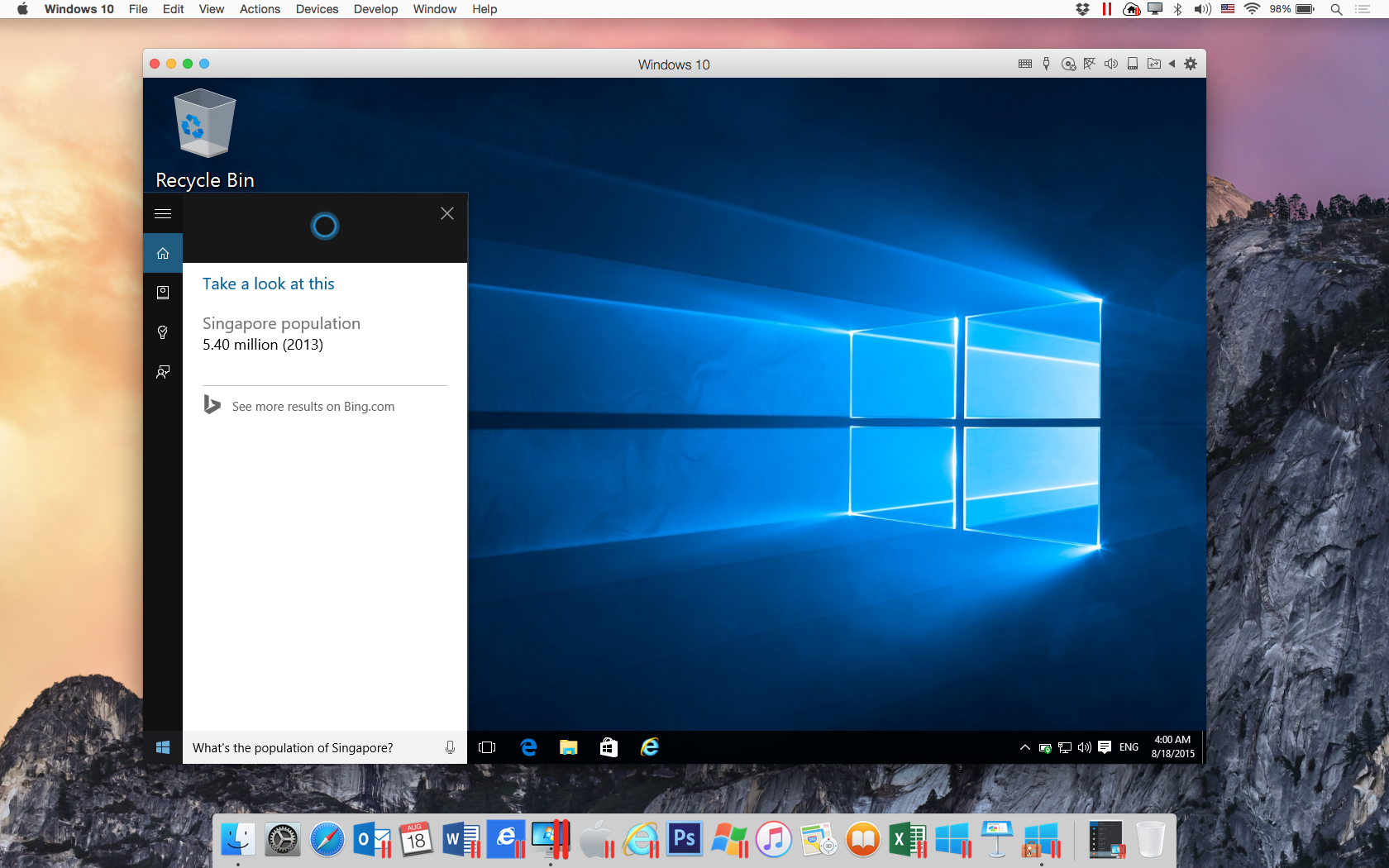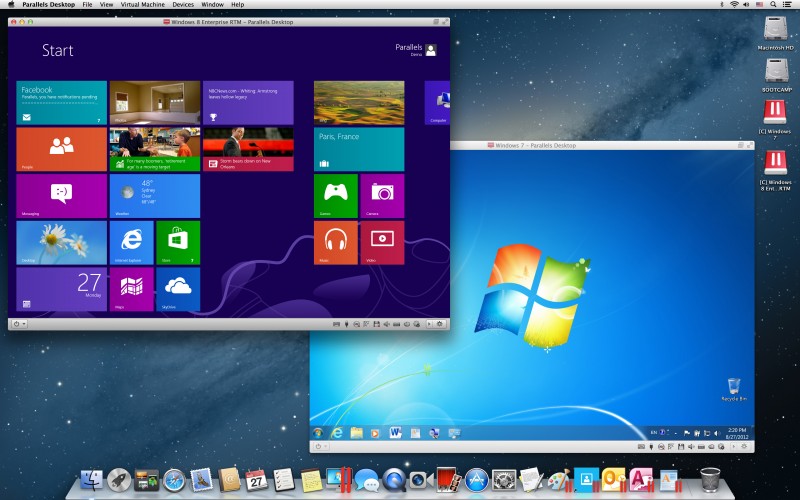Can I convert my trial license to a permanent license? After the evaluation period has expired, you will be prompted to enter a license key.
If you have purchased the product you will have received a new license key. Enter the purchased license key when prompted to unlock the full 'unlimited' version of the software.
To take advantage of complimentary email support for up to 18 months, your license key must be registered. If you purchased the product from the VMware Online store, your license key is automatically registered.

Jump to Check your system and hardware requirements - Here are the hardware system requirements to install. For virtual machines (varies by operating system. Your Mac operating system should also be no older than four years.
If you purchased from a reseller, you need to manually register your license key in My VMware. Please consult this for detailed instructions on license key registration. How do I license my copy of VMware Fusion? To license VMware Fusion, simply enter a purchased license key during product installation in the license key field. Alternatively, you can enter your serial / license key from the 'VMware Fusion' drop down menu in the product.
Choose 'License' in the drop down menu, enter the serial / license key and choose 'OK.' Complimentary email support is activated as soon as your VMware Fusion license key is registered. If you purchased the product from the VMware Online store, your license key is automatically registered. If you purchased VMware Fusion from a reseller, you need to manually register your license key in My VMware.
Virtual Machine Software Free Download
Please consult this for detailed instructions on license key registration.
Read on for our detailed analysis of each app Virtuality was once a capability of mainframe computers, and now even smartphones can do it. Being able to segment the computer into different virtual versions has many advantages, specifically in respect of isolating experimental code from other critical processes.
Using this combination of hardware and software a system can allocate its resources more efficiently, and divide those functions that are internet-facing from those that have internal access to a network. For IT professionals and software developers, virtuality is an important aspect of their computing activity, and picking the right tools to create and manage virtual installations is paramount. Here is our selection of software best suited to those trying to keep things real, virtually. We've also highlighted the. Mac host only Boot Camp is Apple’s free tool for running a Virtual session under macOS, but those that need to do this on a regular basis use. It enables them to seamlessly run Windows alongside their native OS, for those awkward moments when they need software that only works on that platform.
A few of the elegant things that Parallels can do is make Windows alerts appear in the Mac notification centre, and operate a unified clipboard. Most Mac users think of Parallels as a tool exclusively for using Windows, but it can be used to host a wide range of Linux distros, Chrome OS and even other (and older) versions of Mac OS. The lowest rung is $79.99 (£60.75) for the basic edition. Above that is a Pro edition that can address more memory and supports development environments like Microsoft Visual Studio.
And, a Business Edition that includes centralised license management tools for IT professionals to use. 100,000 registered users Not sure what operating systems you are likely to use? Then is a good choice because it supports an amazingly wide selection of host and client combinations. Windows from XP onwards, any Linux level 2.4 or better, Windows NT, Server 2003, Solaris, OpenSolaris and even OpenBSD Unix. There are even people that nostalgically run Windows 3.x or even IBM OS/2 on their modern systems, It also runs on Apple Mac, and for Apple users, it can host a client Mac VM session. Oracle has been kind enough to support VirtualBox, and provide a wide selection of pre-built developer VMs to download and use at no cost. And, all this is free; even the Enterprise release.
Windows, Mac and Linux offers a very comprehensive selection of virtualisation products, with Fusion 10 for the Apple Mac and Workstation 14 for the PC. Despite the name difference, these two products offer effectively the same solution, though tailored to each host OS. For the Mac that includes a neat ‘Unity Mode’ that enables Mac OS to launch Windows applications from the Dock and have them appear like they’re part of the host OS.
Workstation, as the version numbering suggests, is a more mature product and delivers one of the most sophisticated VM implementations seen so far. Being one of the few hosts that supports DirectX 10 and OpenGL 3.3, it allows CAD and other GPU accelerated applications to work under virtualisation. Workstation Player for Windows or Linux is free for personal use, though Pro is required for business users, and those wanting to run restricted VMs created using Pro or Fusion Pro. Fusion for Mac is a free trial, and $79.99 (£60.75) to purchase. Linux only The isn’t very sophisticated, but don’t let that put you off.
Where this product slightly differs from other VM solutions is that it is both a VM host and also a machine emulator. Along with x86 PC, QEMU can emulate PowerPC, MIPS64, ARM, SPARC (32 and 64), MicroBlaze, ETRAX CRIS, SH4 and RISC-V, among others. It manages to do this without administrator privileges, and the performance of VMs running on it is close to that of native installations. What QEMU lacks is any sophisticated interface tools, instead relying on CLI inputs to install and configure VM clients.
At this time it is also only able to host on Linux, even if it can run a wide range of operating systems under that. Support model is costly Before anyone writes in with stern words, is inherently in all major Linux distributions and not exclusively code that comes with a Red Hat distro.

However, Red Hat has enhanced KVM with some very useful features that those already running Red Hat Enterprise Linux need to be aware. Red Hat has two versions; a basic model included in Enterprise Linux that can have four distinct VMs on a single host and a more sophisticated Red Hat Virtualisation edition. Red Hat Virtualisation doesn’t require a host OS, can be deployed on bare-metal installations and spawn as many isolated VMs as is needed. With the potential for hundreds of virtual machines, it also has sophisticated management tools to enable a supervisor to virtualise resources, processes, and applications easily.
Red Hat Enterprise Linux Server costs $349 (£265), and the cost of Virtualisation is entirely dependent on the support plan you need. Linux support is limited Originally codenamed Viridian, and then Windows Server Virtualization, it was rebranded to Server when it was first released in late 2008. These days it comes as part of Windows 10 Pro and Windows Server (2012 and 2016), at no additional cost to the user.
However, what you get for nothing is a very basic hypervisor that can’t do the clever things that VMware offers. The guest OS support includes Windows Server, Windows XP SP3 or later, Linux with a 3.4 or better Kernel and FreeBSD. Although driver support for Linux isn’t great, and there is no virtual GPU support. Hyper-V allows relatively inexperienced users to create a virtual server environment, but don’t expect miracles. Limited third-party OS support Oddly, started life as an open source project, and to this day it remains free to download and install. Or rather the basic version is free, but advanced features are restricted to paid tier releases.

Paying customers get sophisticated management tools, the ability to automate and distribute live environments at will. It also has the GPU pass-through and virtualised GPU capabilities, allowing it to offer virtualised CAD for example. The other thrust of XenServer is to create virtual data centres that can handle planned and unplanned outages equally smoothly, and maintain the high levels of availability that business expects. A standard perpetual license costs $763 (£579.60) for single CPU socket with one year of support, and the Enterprise version is $2,288 (£1,738) with the same maintenance period.